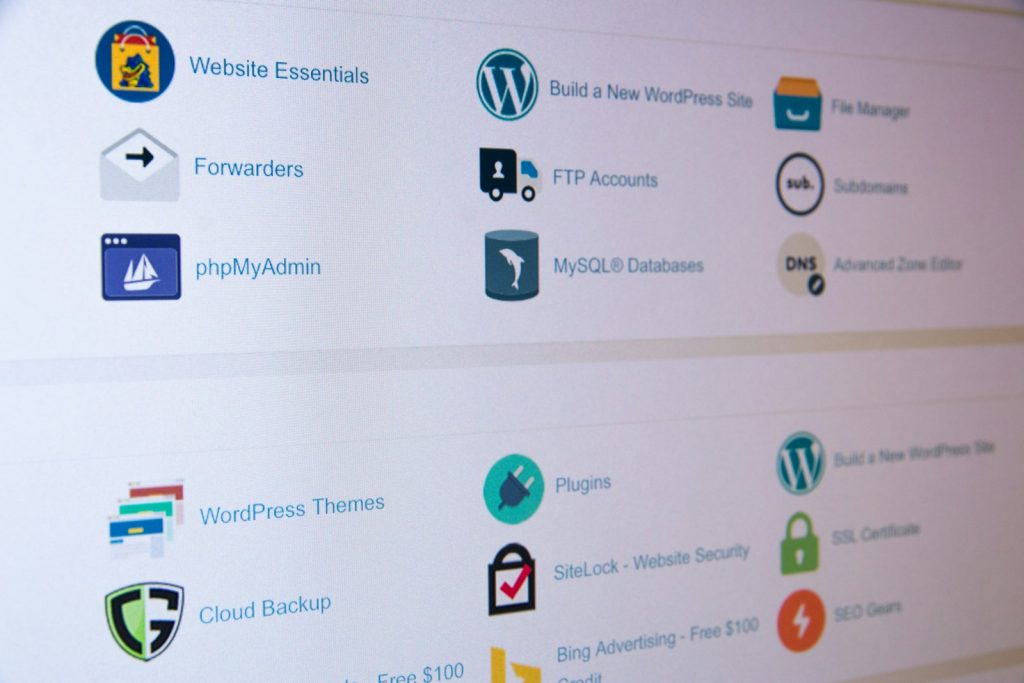
The internet plays an integral role in our daily lives. Whether we’re browsing websites, sharing personal details, or making online purchases, we depend on technology to safeguard our information and privacy. Understanding how online security works has never been more crucial, as it directly impacts our ability to safely navigate and interact with the web.
Two of these essential technologies are HTTPS and SSL certificates. Together, they play a fundamental role in ensuring the safety and integrity of online communications. This article explores what HTTPS and SSL certificates are, how they work, and why they are vital in today’s interconnected world.
Understanding HTTPS: The Secure Version of HTTP
HTTP, or HyperText Transfer Protocol, is the foundation of data communication for the web. It allows web browsers and servers to communicate by transmitting text, images, videos, and other data formats. However, HTTP in its original form does not provide any security measures. Information transmitted over HTTP is sent in plain text, which makes it vulnerable to interception, eavesdropping, and tampering by malicious actors.

HTTPS, which stands for HyperText Transfer Protocol Secure, is an extension of HTTP. It uses a secure layer, commonly referred to as SSL/TLS (Secure Sockets Layer/Transport Layer Security), to encrypt data transmitted between a user’s web browser and the web server. By encrypting this data, HTTPS ensures that any information exchanged remains private and protected from unauthorized access.
What is an SSL Certificate?
An SSL certificate is a digital certificate that authenticates the identity of a website and enables an encrypted connection. When a website is secured with an SSL certificate, it activates HTTPS and displays a padlock symbol in the browser’s address bar, indicating that the connection is secure.
SSL certificates are issued by Certificate Authorities (CAs), trusted organizations that verify the identity of the website owner before issuing the certificate. There are different types of SSL certificates, including:
- Domain Validated (DV) Certificates: These certificates provide basic encryption and are often used by smaller websites. They verify that the applicant owns the domain but do not provide any additional information about the organization.
- Organization Validated (OV) Certificates: These certificates offer a higher level of security. In addition to verifying domain ownership, they also validate the legitimacy of the organization requesting the certificate.
- Extended Validation (EV) Certificates: EV certificates provide the highest level of security and trust. They require a rigorous validation process, including verifying the organization’s legal existence, physical address, and identity. Websites with EV certificates display a green address bar in some browsers, further indicating the site’s legitimacy.
How HTTPS and SSL Certificates Work Together
When a user accesses a website secured with HTTPS, the browser and the server initiate a process known as the SSL/TLS handshake. This handshake establishes a secure connection by performing several steps:
- Client Hello: The user’s browser sends a request to the server, including information about the SSL/TLS version and the encryption algorithms it supports.
- Server Hello: The server responds with its SSL certificate, including its public key, and selects an encryption algorithm that both the browser and server support.
- Certificate Verification: The browser checks the server’s SSL certificate against its list of trusted CAs. If the certificate is valid, the browser continues with the handshake; if not, it warns the user that the connection may not be secure.
- Session Key Exchange: The browser generates a random session key, encrypts it with the server’s public key, and sends it to the server. Only the server’s private key can decrypt this session key.
- Secure Communication Established: Both the browser and server use the session key to encrypt and decrypt data exchanged during the session. This ensures that the communication remains private and secure.
The Importance of HTTPS and SSL Certificates Today
In the past, HTTPS was mainly used by e-commerce sites and financial institutions to secure sensitive transactions. However, with the increasing frequency of cyber threats and data breaches, HTTPS and SSL certificates have become essential for all websites, regardless of their size or purpose. Here are some key reasons why HTTPS and SSL certificates are crucial today:
Protecting User Privacy
One of the primary reasons to use HTTPS and SSL certificates is to protect user privacy. When users visit a website, they often share personal information such as login credentials, email addresses, and credit card details.

Without HTTPS, this information can be intercepted by hackers, who can then use it for malicious purposes. HTTPS encrypts the data, making it nearly impossible for unauthorized parties to read or access it.
Ensuring Data Integrity
Data integrity refers to the accuracy and consistency of data transmitted over the internet. When information is sent via an unencrypted connection, there is a risk that it could be altered or corrupted during transmission. HTTPS and SSL certificates ensure that data remains intact and unaltered between the user and the website, preventing tampering by attackers.
Building User Trust
Trust is a critical factor in online interactions. Users are more likely to engage with and purchase from websites that they trust. The presence of HTTPS and an SSL certificate indicates that a website is legitimate and takes security seriously, which helps build trust with visitors. Browsers also display warnings for sites that do not use HTTPS, which can deter users from proceeding to those sites.
Boosting Search Engine Rankings
Search engines like Google prioritize user experience and security. In 2014, Google announced that HTTPS would be a ranking factor in its search algorithm. Websites that use HTTPS may receive a slight boost in search engine rankings compared to those that do not. This encourages website owners to adopt HTTPS, contributing to a safer and more secure internet.
Compliance with Regulations
Various regulations and data protection laws, such as the General Data Protection Regulation (GDPR) in Europe and the California Consumer Privacy Act (CCPA) in the United States, require organizations to implement appropriate security measures to protect user data. Using HTTPS and SSL certificates is a straightforward way for websites to comply with these regulations and avoid potential fines and legal consequences.
Preventing Man-in-the-Middle Attacks
A man-in-the-middle (MitM) attack occurs when a third party intercepts and potentially alters the communication between two parties without their knowledge. HTTPS and SSL certificates protect against such attacks by encrypting the data and verifying the identity of the website, ensuring that users are communicating with the intended server and not a malicious actor.
The Future of HTTPS and SSL Certificates
As technology continues to grow, the importance of online security measures like HTTPS and SSL certificates will only increase. The transition from HTTP to HTTPS is ongoing, with more websites adopting secure protocols to protect their users. Moreover, advancements in encryption technology and security standards will continue to enhance the effectiveness of these tools in safeguarding online communications.
The use of HTTPS and SSL certificates is no longer optional but a necessity for any website that values user trust and security. By implementing these measures, website owners can protect their users’ data, build trust, and ensure compliance with regulations, contributing to a safer and more secure internet for everyone.
In conclusion, HTTPS and SSL certificates are vital components of modern web security. They provide the necessary protection to keep user data private and secure, foster trust between websites and their users, and help prevent cyber threats. As the internet continues to grow, so does the need for robust security measures to protect users and maintain the integrity of online communications.
